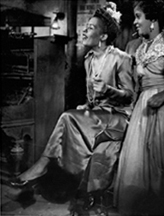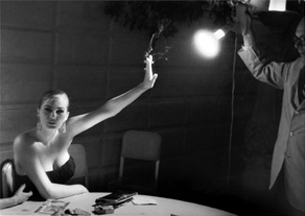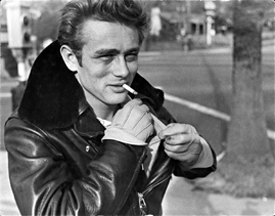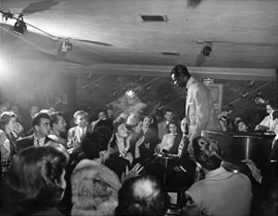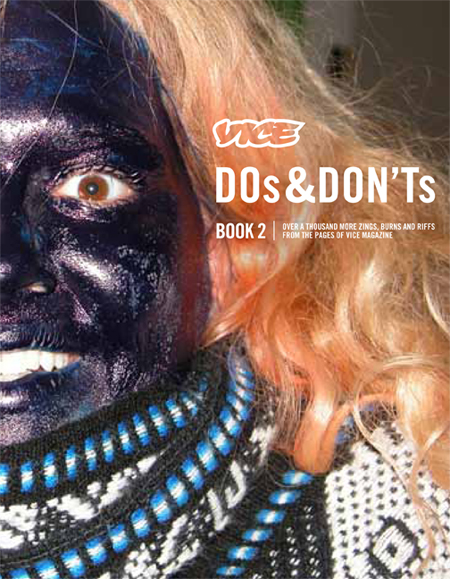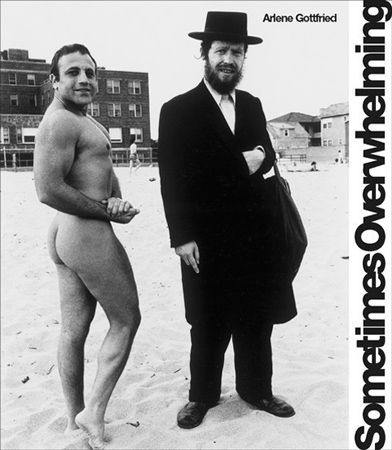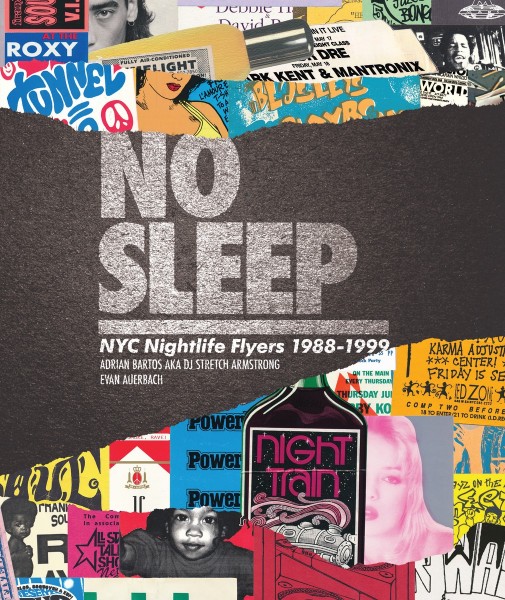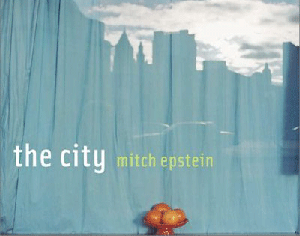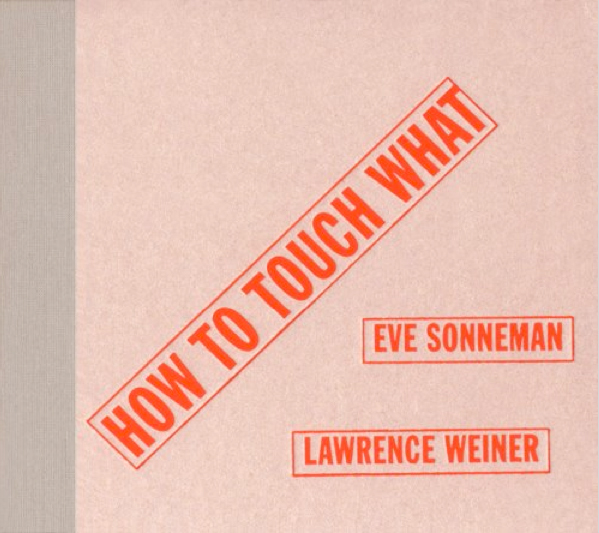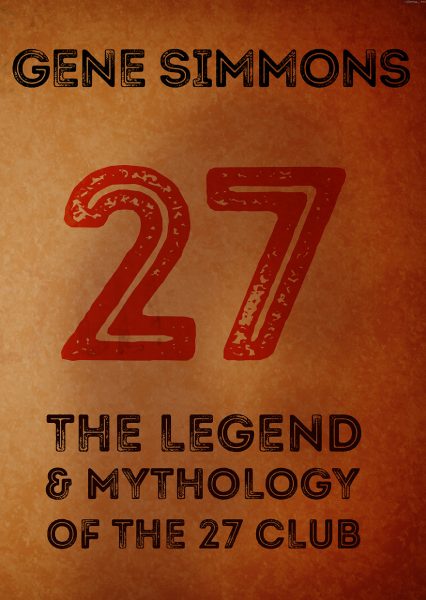$ 200
Order from the powerHouse Shop
by Phil Stern
Texts by Patricia Bosworth, Nat Hentoff, and Herbert Mitgang
Foreward by Brett Ratner
Introduction by Carol McCusker
Photography / Hollywood / Jazz / WWII
Slipcased hardcover
11.75 x 14.5 inches
256 pages
274 duotone and 73 four-color photographs
ISBN: 978-1-57687-188-1
by Phil Stern
Texts by Patricia Bosworth, Nat Hentoff, and Herbert Mitgang
Foreward by Brett Ratner
Introduction by Carol McCusker
Photography / Hollywood / Jazz / WWII
Slipcased hardcover
11.75 x 14.5 inches
256 pages
274 duotone and 73 four-color photographs
ISBN: 978-1-57687-188-1
Drawn to the iconic figures and emblematic events of our age, celebrated photographer Phil Stern has documented World War II soldiers in combat in North Africa and Sicily, the luminous jazz legends of Verve Records, and Hollywood stars living the high life. Collected for the first time in this amazing tribute to Stern’s long-standing legacy, Phil Stern: A Life’s Work features never-before-seen photographs of the greatest figures and times of the American twentieth century.
Stern, who enlisted in the army on December 7, 1941, joined the ranks of “Darby’s Rangers,” a much-heralded fighting unit, as combat photographer. In North Africa documenting the harsh and brutal battles against General Rommel’s forces, Stern was wounded. Awarded a Purple Heart for bravery, he was then reassigned to cover the invasion of Sicily for Stars and Stripes. Covering the homecoming of Darby’s Rangers for Life, the assignments Stern shot for the magazine brought him into another intrinsically American experience: Hollywood. At the same time, Stern worked intermittently for jazz label legend Norman Granz, photographing album covers for the Verve, Pablo, and Reprise record labels.
A golden-era industry insider par excellence, Stern was tapped by Frank Sinatra to be the official photographer for the JFK Inaugural Gala. His friendships with and access to the greatest legends of the time allowed him to create indelible portraits—most seen here for the first time—of James Dean, Marlon Brando, Marilyn Monroe, Bette Davis, Marlene Dietrich, Judy Garland, Joan Crawford, Lauren Bacall, Humphrey Bogart, John Wayne, Sammy Davis, Jr., Frank Sinatra, Dean Martin, Alfred Hitchcock, Orson Welles, Count Basie, Dizzy Gillespie, Billie Holiday, Louis Armstrong, Sarah Vaughan, Ella Fitzgerald, Stan Getz, Art Tatum, Oscar Peterson, and Lester Young, among many others. Stern’s oeuvre is studded with classic figures of entertainment at its best; and in Phil Stern: A Life’s Work they come together to form a brilliant constellation around this truly star photographer.
Phil Stern, born in 1919, began his photography career in 1937 in New York City, working days as a studio apprentice and nights as a photographer for the Police Gazette. He later joined Friday magazine and was sent to L.A., where he began photographing Hollywood stars and freelancing for Life, Look, and Colliers magazines. After his World War II stint as a combat photographer, Stern returned to L.A., where he worked as both a freelance photographer and a “special” on the set of over 100 feature films, including Some Like it Hot, West Side Story, and What Ever Happened to Baby Jane? In 2001, Stern donated his library of Hollywood images to the Academy of Motion Picture Arts and Sciences. The author of Phil Stern’s Hollywood (Alfred A. Knopf, 1993), Stern lives in Los Angeles.
Patricia Bosworth is a critically acclaimed biographer whose works include Marlon Brando (Viking, 2001), Diane Arbus (W.W. Norton, 1995), Montgomery Clift (Harcourt, 1978), as well as her memoir, Anything Your Little Heart Desires (Simon & Schuster, 1997). Bosworth lives and works in New York City.
Nat Hentoff is a prolific author and journalist who has written numerous articles, essays, and books about politics, human rights, and his personal passion, jazz, in addition to his weekly column for The Village Voice. He now lives in New York City.
Herbert Mitgang practiced law in New York until he enlisted in the Army and was assigned to the intelligence section in North Africa and Algeria, joining the main Army newspaper, Stars and Stripes, and earning six battle stars in the process. After the war, Mitgang joined the editorial board at The New York Times, initiating the “Op Ed” page and becoming their first publishing correspondent. He lives in New York City.


